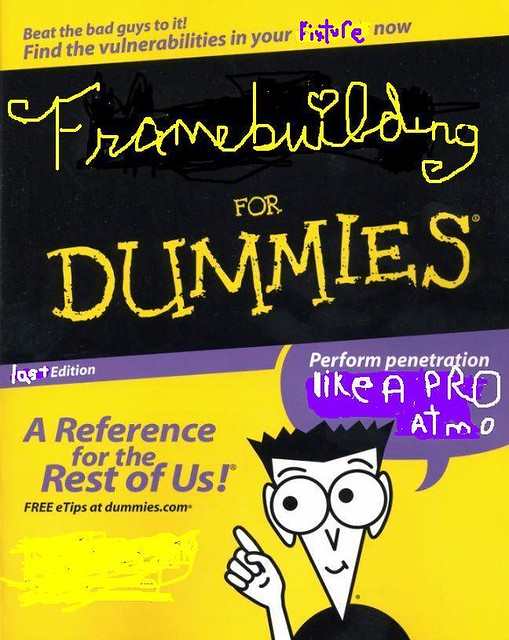
Originally Posted by
e-RICHIE

i once had a decent and fairly long email exchange with dazza on this and here is my short answer based on that experience -
if i start with a rectified shell, make a frame (or main triangle...), and am pleased with the results (read: it passes my smell test), that's that.
when i add the rear assembly, clean it all up, chase threads, replace it on a table - and then see that all of the sudden (as an example) the seat tube is now leaning to/from the table a C hair more than before, i do in fact measure the shell and notice a slight change (shrinkage, warp, whatever...) but rather than use a facing tool i take some A/O cloth on the flat side of an 8" half-round file, and i finesse the one area of the shell face that needs a shave. it's usually 2-3 soft strokes and the frame, back on the whipping post, again shows the same reading that it did when it was a main triangle without more parts added. i view it as the frame staying the same but the reading surface varying from time to time, and my fix is planing one part of it by hand rather than using a cutting tool.


 Likes:
Likes: 





 Reply With Quote
Reply With Quote

Bookmarks